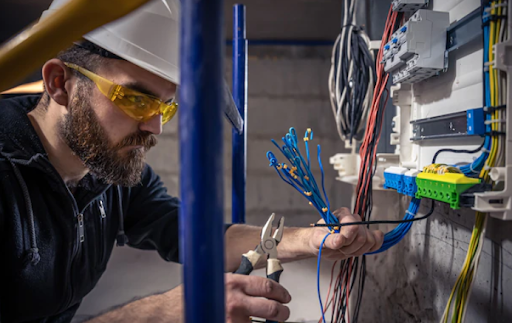Before the start of any concert, as a rule, a sound check is held. What is it for? As explained on the service https://ekmixmaster.com, this process is necessary to set up the correct sound of instruments and vocals. A classic soundcheck starts first with drums, then usually with bass, and then with harmonics, guitar, and keyboards. The song almost always comes last. What to do before it’s your turn? Do not distract the group members and do not sing along.
Most often, you will hear the phrase “just sing” at the beginning of a vocal soundcheck, because the sound engineer wants to get an overall impression of your voice first. You can sing one or more pieces from the program. When the main vocal part is finished, you should suggest the following different things with the announcement: quietest parts, loudest parts, edge parts, effects and various vocal sounds. Sing loud enough into the mic and stay close enough to the mic so the guy on stage has enough fodder to get you loud on the monitor. If you sing too hesitantly into the microphone, background noise will take over and you will become so susceptible to feedback that you won’t be able to hear yourself well.
Get into microengineering. If you control your loud parts (farther away from the mic), your quiet parts (closer to the mic) can be made louder because the microphone sensitivity may be inherently higher. Of course, the stage should not be too loud. In terms of volume, vocals are always the weakest link in a band’s structure. If you can’t hear yourself well and you can’t make your singing louder, ask your sound engineer if certain instruments on stage sound too loud. Also check to see if a guitar or bass amp is pointed unfavorably at you.
Read also : ibomma
What is a good monitor sound for singers? First of all, your voice should be loud enough and as balanced as possible. You put all other voices in proportion so that they can be heard well (for example, when singing polyphonically), but they do not overlap your voice. Then, if you like, add some reverb to your voice to give it more volume. Preferably just enough so that you can feel the reverb and not hear it properly. Of the other instruments in the group, you put on the monitor only those that are hard to hear from the stage and that you need for good intonation and rhythmic rhythm.
The microphone mixing services is as individual as each individual voice for which it is used. For this reason, and also from a hygienic point of view, it is good to have your own microphone.
If you are holding the microphone in your hand and not on a tripod, there are a few things to keep in mind to avoid feedback:
– When not singing, hold the microphone still and bend your arm at chest level.
Waving wildly with a microphone is unprofessional.
– If you want to dance with the mic in hand, test the feedback zones during the soundcheck by gently moving the mic back and forth in front of the monitor.
After an individual soundcheck, the first joint song is played and all the band members notice something that is not yet ideal for them. After stopping the song, do not say everything at once, but express your wishes separately and one by one. It may take some time to resolve audio errors. Don’t lose patience. Be polite and use a respectful tone.
Also read: OctaFX Deposit Bonus Review: Why Should You Try It?












